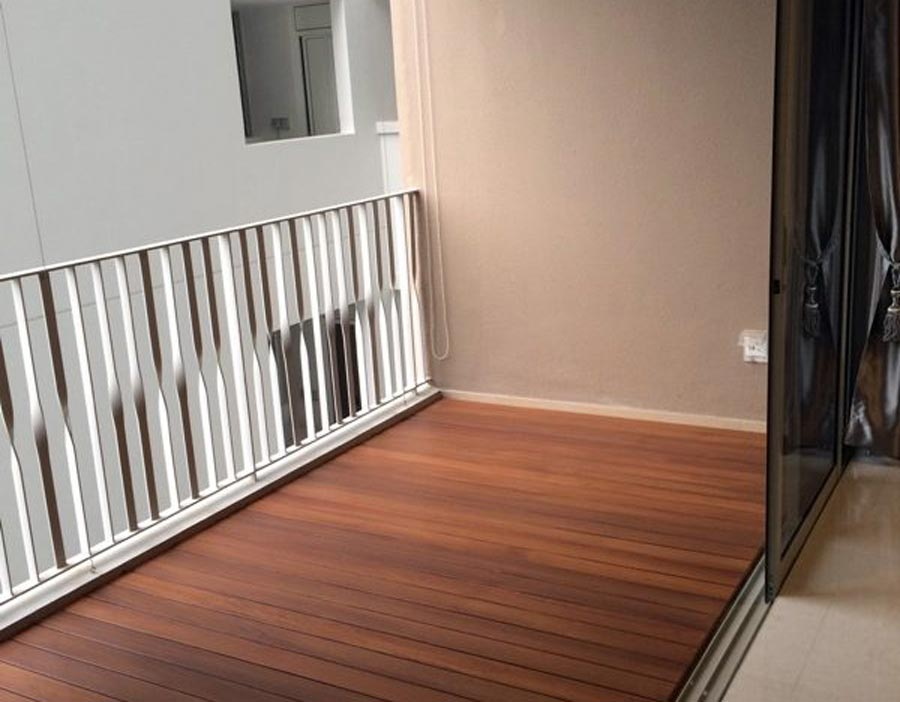How to Prevent Mold and Rot in Roof Decking Panels
- Shahir Hamza
- Aug 15
- 2 min read
Table of Contents

Introduction
Mold and rot in roof decking panels can cause serious damage if left untreated.
They compromise the structural integrity of your roof and lead to costly repairs. But with a few preventive measures, you can avoid these issues entirely.

Ensure Proper Roof Ventilation
Ventilation helps regulate moisture and prevent mold growth.
Ensure your attic or roof space has both intake and exhaust vents to promote airflow. This reduces condensation, especially in humid climates. Consider installing ridge vents or soffit vents for optimal circulation.
Control Indoor Humidity Levels
High humidity inside the house can affect the roof decking.
Use dehumidifiers and exhaust fans in kitchens and bathrooms. Keep your indoor humidity levels between 30%–50% to minimize moisture accumulation. Sealing gaps in ceilings can also help prevent warm, moist air from reaching the roof.

Inspect for Leaks and Water Intrusion
Water is the main enemy of wood-based decking panels.
Regularly check your roof for damaged shingles, flashing, or gutters. Water stains, peeling paint, or sagging ceilings inside your home are signs of possible leaks. Address these issues immediately to prevent rot.
Use Mold-Resistant Materials
Investing in mold-resistant roof sheathing pays off in the long run.
Choose decking panels that have been treated with anti-fungal agents or consider using engineered wood products that are naturally resistant to decay. These materials reduce the risk of mold colonization, especially in areas with frequent rainfall.

Regular Roof Maintenance Tips
Consistent maintenance extends the life of your roof.
Clean your gutters to prevent water buildup, remove debris from the roof surface, and schedule annual inspections with a roofing professional. Trimming overhanging branches also reduces moisture and debris accumulation.
Did You Know?
Even small roof leaks can lead to hidden mold growth.
Mold can begin forming within 24–48 hours of moisture exposure. That’s why early detection and repair are crucial. Installing a vapor barrier in your attic can further protect your decking panels from moisture.
Conclusion
Preventing mold and rot in roof decking panels is all about proactive care. From ventilation to material choice, each step adds a layer of protection. Regular inspections and humidity control can save you thousands in repairs down the line.

FAQs
1. What causes mold to grow on roof decking panels?
Moisture from leaks, poor ventilation, and high indoor humidity are the main culprits.
2. How can I tell if my roof decking has mold or rot?
Look for musty odors, sagging sections, and visible discoloration on wood or ceilings.
3. Is it necessary to replace the entire roof if decking is rotting?
Not always. If the damage is localized, only the affected sections may need replacement.
4. Can I treat mold on roof decking myself?
Small spots can be cleaned with mold-killing solutions, but widespread mold should be handled by professionals.
5. How often should I inspect my roof for signs of mold or rot?
Twice a year is recommended—especially before and after the rainy season.
Need expert help with roof maintenance? 🏠📞 Contact us today for a free inspection or WhatsApp us now! 👉 Get Free Quotation







Comments